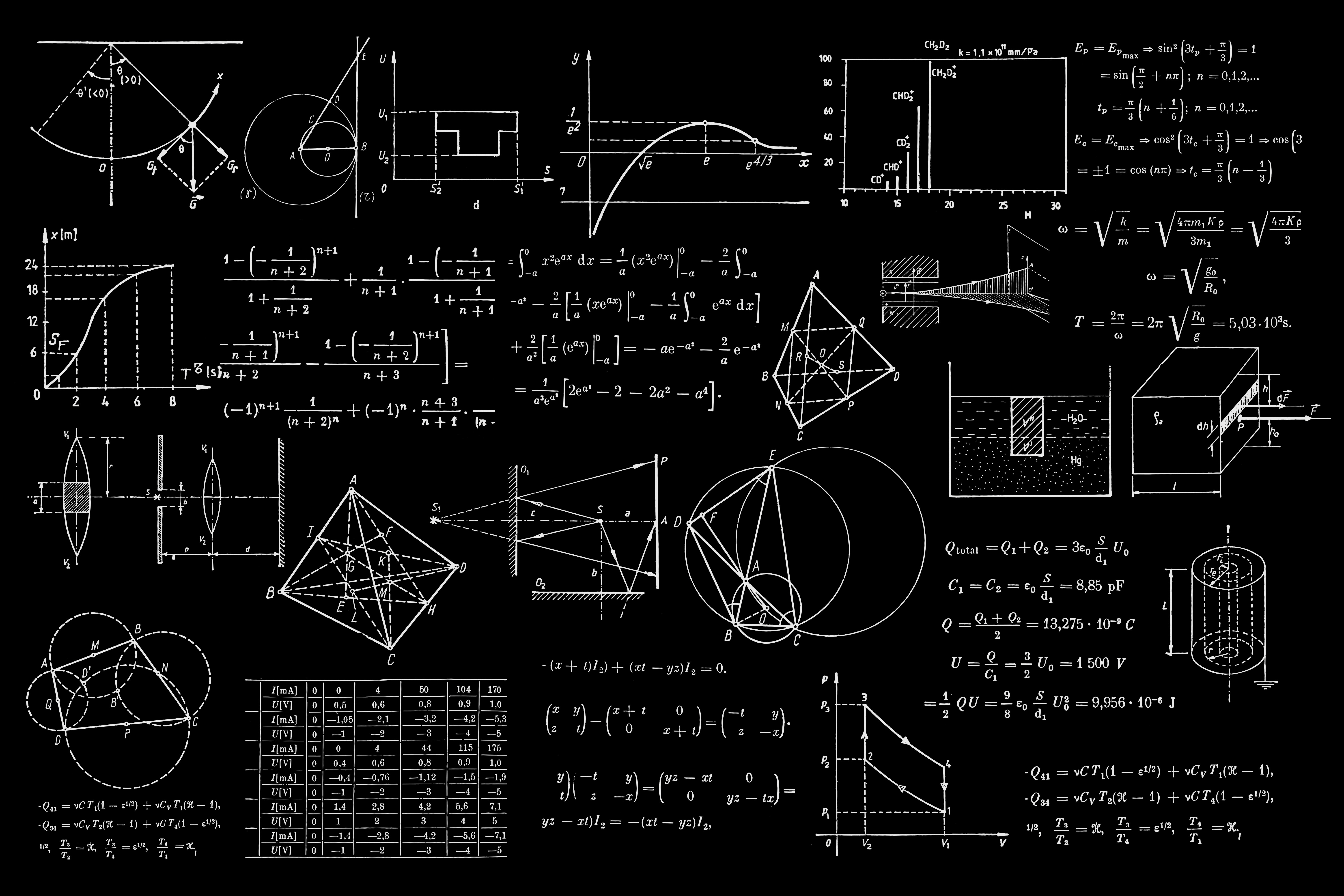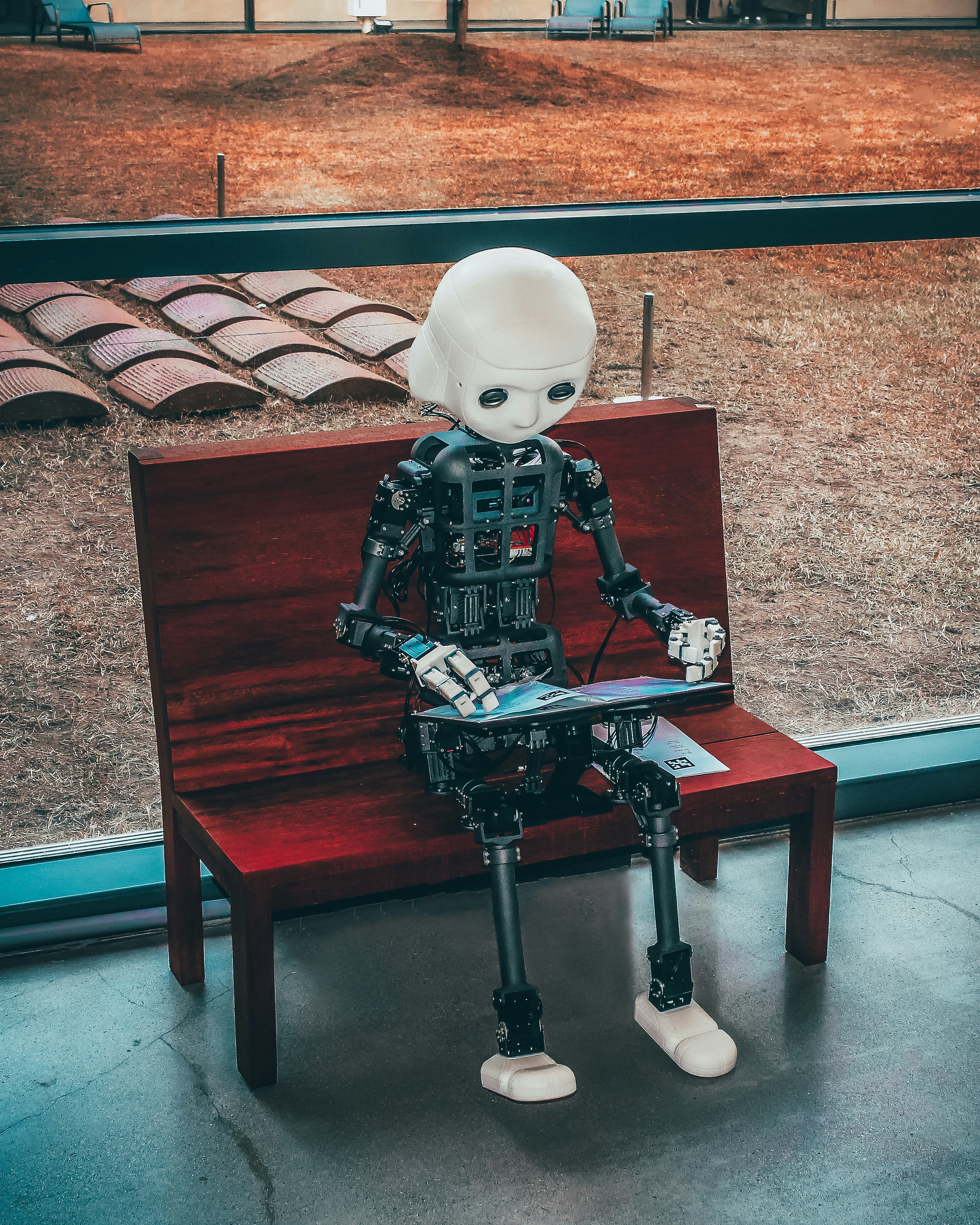The Laboratory and the Classroom
When Ethics Meets Science in Conceptions About Animal Experimentation
The Moral Crossroads of Scientific Progress
Every medical advancement, each new pharmaceutical breakthrough, every revolutionary surgical technique carries an invisible history: millions of animals serving as living models in scientific research. As universities train new generations of scientists, a crucial question emerges - how to balance the pursuit of knowledge with respect for life? This article delves into the complex conceptions of Brazilian students and professors regarding animal use in scientific and didactic practices, revealing a scenario where pedagogical tradition, ethical innovation, and value conflicts coexist in creative tension.
Ethical Dilemma
The tension between scientific advancement and animal welfare creates complex moral questions that educators must navigate in training future researchers.
Educational Challenge
Universities face the challenge of integrating ethical training with technical scientific education, particularly in health-related fields.
Historical Roots: From Anthropocentrism to Contemporary Ethics
The Long Shadow of Descartes
The Cartesian view of animals as "soulless automata" dominated scientific thought for centuries, legitimizing invasive practices without ethical consideration. As noted in historical studies of animal ethics, philosophers like Saint Thomas Aquinas reinforced this radical hierarchy between humans and other species 2 . The humanitarian turn would only gain strength during the Enlightenment, culminating in the Cruelty to Animals Act (1876) - the first British legal framework requiring anesthesia and scientific justification for experiments 2 .
Historical Timeline
- 17th Century: Cartesian view of animals as machines
- 1876: Cruelty to Animals Act (UK)
- 1959: Russell and Burch propose the Three Rs
- 2008: CONCEA established in Brazil
The Three Rs Revolution
In 1959, Russell and Burch proposed the principle that would redefine global animal research:
Replacement
Use of alternative methods (cell cultures, computer simulations)
Reduction
Statistically validated minimization of animal numbers
Refinement
Technical improvement to reduce pain and stress 2
This triad became the backbone of policies at the National Council for the Control of Animal Experimentation (CONCEA), regulating animal facilities in Brazil.
The Classroom as an Ethical Tension Field
Faculty Conceptions: Between Tradition and Innovation
Qualitative research in Arcoverde (PE) revealed that teachers see the school as a privileged space for ethical formation, where moral values should be collectively constructed. However, when the topic is animal experimentation, deep divergences emerge 1 :
| Pedagogical Approach | Frequency (%) | Practical Example |
|---|---|---|
| Socratic Dialogue | 42% | Debates about dilemma cases |
| Problem-Based Learning | 31% | Analysis of real research protocols |
| Behavior Modeling | 18% | Demonstration of animal welfare techniques |
| Traditional Expository Classes | 9% | Presentation of COBEA norms |
The Generational Conflict
A study with Pedagogy graduates from UERN showed that future educators demand explicit ethical training:
"Undergraduate studies teach us techniques, but discuss little about our moral role in training future scientists. How to mediate conflicts about experimentation without solid conceptual bases?" 3
This gap is particularly critical in health courses, where practices with animals remain essential.
Portrait of a Paradigmatic Experiment: The Arcoverde Research
Methodology: Listening to Educational Actors
The Pernambuco study offers a revealing model about how ethical values form in the school environment 1 :
Experimental Design
- Sample: 15 teachers, 3 managers, 1 support educator from municipal schools
- Instrument: Semi-structured interviews with 12-question script
- Analysis: Thematic triangulation with predefined categories (ethics concept, school's role, practical conflicts)
Surprising Results
Although 89% of respondents stated that ethical formation is a collective responsibility, only 34% explicitly included the "animal rights" theme in their lesson plans. The study revealed an unresolved tension:
| Ethical Position | Predominant Arguments | Prevalence |
|---|---|---|
| Moderate Utilitarianism | "Animals are necessary when alternatives fail, but with minimal suffering" | 61% |
| Abolitionism | "No scientific end justifies using sentient beings" | 22% |
| Traditionalism | "Science has always used animals; established methods shouldn't change" | 17% |
Pedagogical Implications
The analysis suggested that continuing education in bioethics is the most impactful factor for changing conceptions. Faculty with access to courses about animal alternatives showed practices more aligned with the Three Rs.
Key Finding
Faculty with bioethics training were 3.2x more likely to implement alternative methods in their teaching practices.
Innovations Redefining Ethical Boundaries
Alternative Methods Validated by CONCEA
The Ethics Committee of UFSM details disruptive technologies that are reshaping education :

Organs-on-chip
Didactic Application: Pharmacology
Proven Efficacy: Simulates drug response without live animals

3D Simulators
Didactic Application: Surgical training
Proven Efficacy: 72% reduction in animal use for basic skills

Organoid Culture
Didactic Application: Toxicology
Proven Efficacy: Human tissue models more accurate than rodents

Artificial Intelligence
Didactic Application: Toxicity prediction
Proven Efficacy: Algorithms with 89% accuracy vs in vivo tests
The Role of Ethics Committees
The Animal Use Ethics Committee (CEUA) operates as guardian of the delicate balance:
Rigorous Screening
Evaluation of sample justification (statistical calculation of animal "N")
Continuous Monitoring
Annual reports detailing suffering and mortality
Sanctions
Immediate suspension of projects deviating from approved protocols
Ethical Research Toolkit
Essential Materials for the Contemporary Researcher
| Tool | Ethical Function | Practical Example |
|---|---|---|
| First-line Anesthetics | Pain minimization | Ketamine+Xylazine in optimized doses |
| Statistical Software | Animal reduction | Power Analysis to determine minimum "N" |
| Procedure Simulators | Partial replacement | Synthetic models with artificial blood vessels |
| Environmental Enrichment Protocols | Welfare refinement | Tunnels, exercise wheels for rodents |
| Multidisciplinary Committees | Ethical governance | CEUAs with veterinarians, biologists and animal protectors 2 |
Conclusion: The Future of Ethical-Scientific Education
The tension between pedagogical tradition and ethical innovation is not an obstacle, but the engine of academic evolution. As demonstrated by experiences like UFSM's, where 77 projects were analyzed in 2021 by multidisciplinary committees, change is systemic . The next frontier? Integrating explicit ethical training from undergraduate studies onward, transforming the words of Saint Chrysostom (4th century) - "animals should be treated kindly, as they share man's origin" - into concrete laboratory practices 2 .
The Path Forward
The emerging path is neither pure abolition nor unquestioned tradition, but a third way: where each animal procedure is preceded by a tripartite "ethical test": Is it scientifically irreducible? Technically refined? Pedagogically justifiable? In this delicate balance, perhaps lies the true scientific maturity of the 21st century.